If you’re interested in starting a paint production business in Nigeria from home but don’t know how, you’re in the right place.
Paint production in Nigeria can be both daunting and rewarding. But with the proper guidance, you can tap into the lucrative market and enjoy the cost savings that come from having your factory cited at home.
This article discusses how you can start a paint production business from home in Nigeria and run it successfully.
How Profitable is Paint Production Business in Nigeria?
Paint production is a profitable business that can be run on both small and large scales in Nigeria. As construction and building projects increase, the demand for paint also increases.
According to Businessamlive, local demand for paint in Nigeria may reach N135.80 billion by 2025. This shows the high demand for paint and the potential huge profits you can make from it.
Furthermore, a bucket of paint costs between N6,000 and N50,000 in Nigeria, depending on the type, quality, quantity, color, etc. With a daily production of at least 100 liters, you’re sure to make a good profit producing paint from your home in Nigeria.
Also Read: How to Identify Original Satin Paint in Nigeria
How to Start a Paint Production Business in Nigeria
Here are the steps you must take to start and properly establish paint production business from your home in Nigeria:
1. Acquire the Knowledge
The first and most important thing you need to run a paint production business is to know how to produce paints. This is essential, even if you have someone you can employ to do the productions for you.
Learn the raw materials and equipment you need and how to make the different kinds of paint your customers will need. There are many types of paints you can produce, including:
- Emulsion paint
- Matte eggshell
- Texcote
- Graffitex
- Satin
- Gloss
- Textured matte
- Flex coat, etc.
2. Conduct Market Research
Once you have the knowledge, conduct thorough market research to understand the demand for the different kinds of paint in your area.
Identify your ideal customers, their purchasing behavior, budget, and more. Also, research your competitors and study their strategies, including product, pricing, and marketing. This will help you not only meet your potential customers’ expectations but exceed them and compete favorably.
3. Draft a Business Plan
Now that you know the market you’re operating in, your key competitors and ideal customers, it’s time to draft a solid business plan.
Develop a business plan that outlines your business goals, target market, marketing strategies, operational plan, and financial projections. This will serve as a roadmap for your business, helping you make informed decisions at every point in your business.
Furthermore, a detailed business plan can be a helpful tool for obtaining funding to run the business.
Also Read: What is the Difference Between Oil and Water Based Paint?
4. Register Your Business
Once you have your business plan ready, you should register it with the Corporate Affairs Commission (CAC) and other relevant bodies in Nigeria.
By doing this, you’ve made your business a legal entity and will be trusted more by suppliers, customers, and investors.
5. Seek Funding
The next phase after registering your business is to seek the funding you need to operate it. This can come from various sources, including your savings, family and friends, financial institutions or investors. You can also get grants from the Nigerian government if you find a good opportunity.
If you’re not using your funds, family and friends are the most convenient sources of funding. They can offer you loans without the strict terms that come from banks and other lenders. However, it’s important you don’t abuse this privilege. Draft a solid plan to repay all loans as and when due, as failure to do so can affect your relationships with them.
Alternatively, you can get loans from banks and other reputable lenders. Your business plan will come in handy here, as most banks want to know if you have a clear understanding of the business you’re starting. They might also require collateral before offering you the loan you need.
6. Set Up Your Workspace
Once you have the financial resources, set up your workspace.
You can designate a space in your home for the paint production. Ensure that it meets safety and hygiene standards. Install necessary equipment such as mixing tanks, weighing scales, and packaging materials.
7. Source Raw Materials
With your workspace or mini factory ready, source the raw materials you need to begin your paint production process.
Identify reliable suppliers for raw materials such as pigments, binders, solvents, and additives. Ensure that the quality of raw materials meets the required standards for paint production you want to uphold.
8. Formulate Paint Recipes
Develop formulations for different types of paints, such as emulsion paint, gloss paint, and textured paint. Experiment with different ratios of raw materials to achieve desired properties such as color, durability, and finish.
This helps you internalize the process and set a quality standard from the onset. At this point, you’re allowed to make mistakes and correct yourself as you seek to find the right quality to put out in the market.
9. Test and Quality Control
You can’t overlook the testing and quality control stage in your paint production process.
Conduct rigorous testing of your paint formulations to ensure quality and consistency. Test for properties like viscosity, adhesion, coverage, and drying time.
Compare your results with what’s available in the market and adjust accordingly until you’re sure you have a product that stands a chance.
10. Marketing and Sales
Existing products are already on the market. Without a clear marketing strategy, it would be difficult to get your target audience to see the difference between your products and the ones they’re used to.
Therefore, develop a solid marketing strategy to promote your paint products. Use both online and offline channels such as social media, local advertisements, and word-of-mouth referrals. Build relationships with contractors, painters, and retailers who can serve as distributors for your products.
Then make sales, rake up positive reviews and keep attracting customers with your quality products and competitive pricing.
11. Scale Up
As your business grows, consider scaling up operations by expanding your product line, investing in additional equipment, or hiring staff to assist with production and distribution.
This ensures you don’t remain small and confined to a particular audience. If you start with producing emulsion paints, you can scale up and add satin or gloss paints to your product lists. You can also increase production levels to serve a larger audience and even export products to other countries outside Nigeria.
Also Read: How to Know if the Paint is Expired in Nigeria
Conclusion
Running a paint production business from home in Nigeria can be challenging and rewarding. If you get it right, the rewards can be mouthwatering. However, the process itself is a daunting one.
Hopefully, this article has given you insights into starting and running a successful paint production business from home.
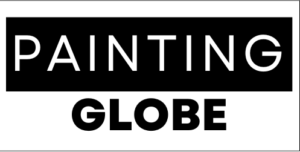





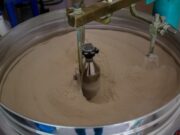



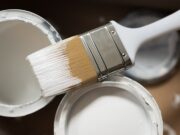

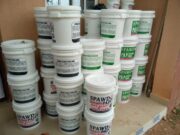

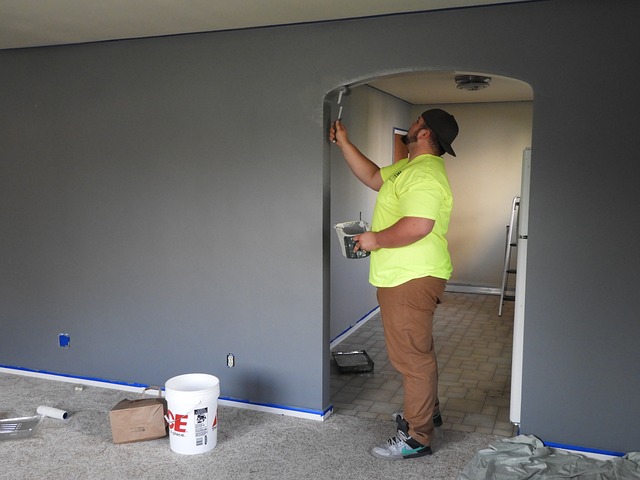
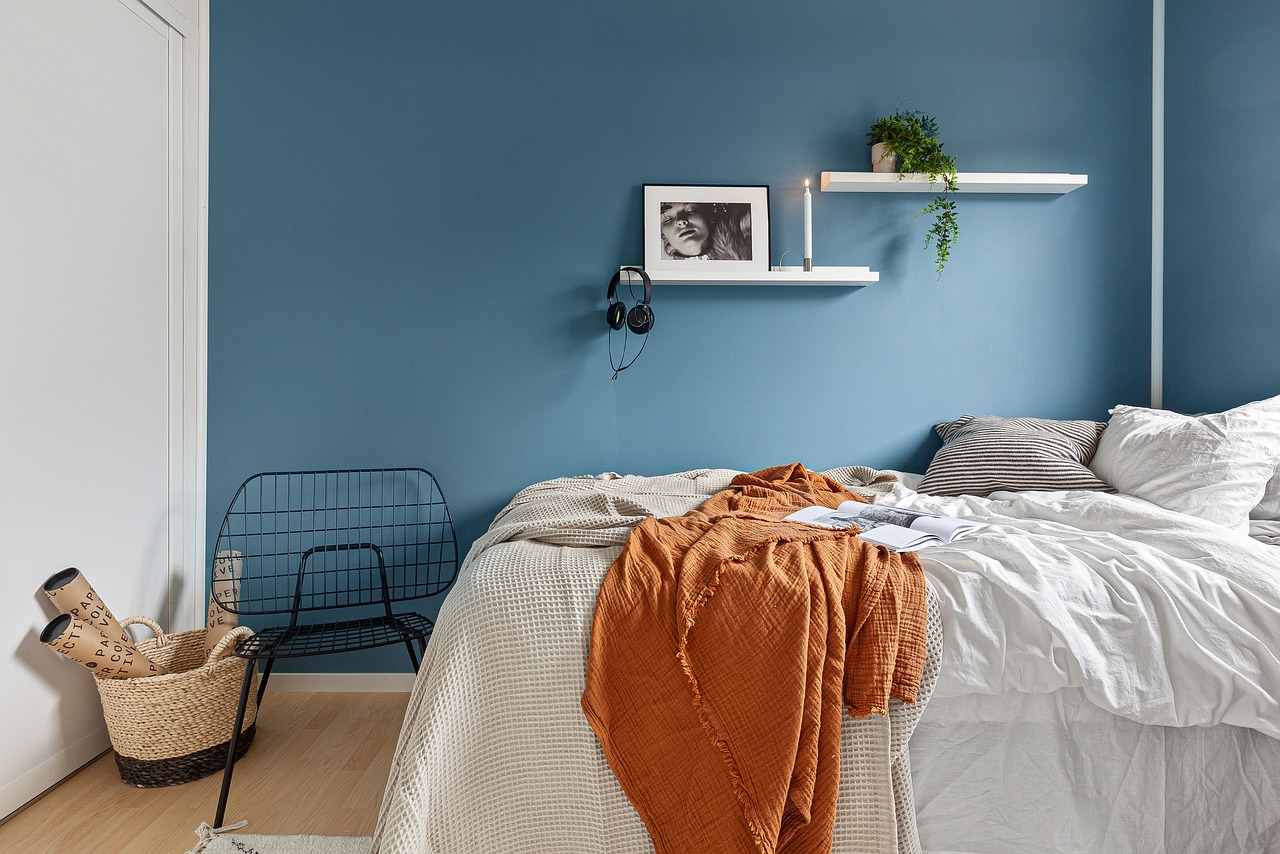

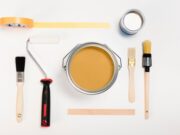






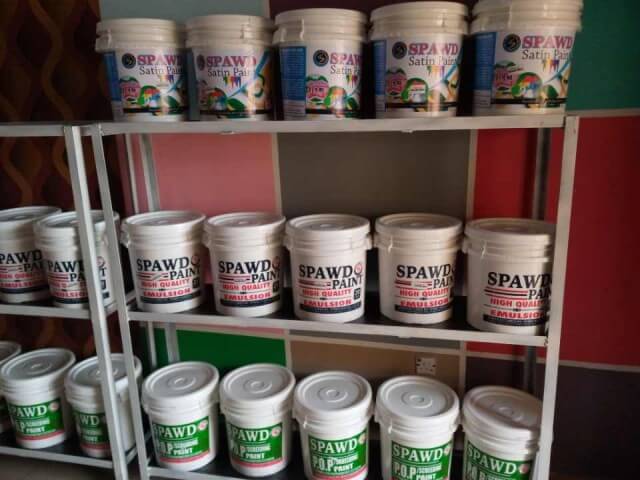







[…] the painting industry presents a lucrative opportunity for aspiring paint production business […]
[…] Also Read: How to Start a Paint Production Business from Home Nigeria […]
[…] Also Read: How to Start a Paint Production Business from Home Nigeria […]
[…] Also Read: How to Start a Paint Production Business from Home Nigeria […]
Wow, you gave me all the information I needed to know.
I am satisfied
Glad you are satisfied.
Keep visiting our blog as we’ll keep updating you with fresh contents